Astrobiology Revealed #9: Lauren Sanders and Ryan Scott
On AI in Deep Space
by Aubrey Zerkle
This week we asked Lauren Sanders and Ryan Scott about two review papers they recently co-authored, entitled “Biological research and self-driving labs in deep space supported by artificial intelligence” and “Biomonitoring and precision health in deep space supported by artificial intelligence.”
Lauren is acting GeneLab Project Scientist, with NASA Ames Research Center and Blue Marble Space Institute of Science, and Ryan is Ames Life Sciences Data Archive Project Scientist, with KBR and NASA Ames Research Center. Lauren and Ryan review the unique opportunities available for AI technology in deep space, and how interested scientists and community members can join the discussion.
The two review articles you recently co-authored about the use of artificial intelligence (AI) in deep space biology and medicine both came out of a NASA workshop on AI in space biology. How did you become involved in thinking about deep space technology in general, and in that workshop in particular?
Every 10 years the National Academies of Sciences, Engineering, and Medicine (NASEM) solicits input from the scientific community for the Decadal Surveys. These are reviews of the current state of knowledge in each domain as well as strategic recommendations for transformative science for the coming decade. The Decadal Survey on Biological and Physical Sciences Research in Space provides community-driven guidelines to guide NASA’s focus on the most compelling science questions for the next decade.
In 2021, input was being solicited for the 2023-2032 Decadal Survey on Biological and Physical Sciences Research in Space. We held the NASA ‘Workshop on Artificial Intelligence and Modeling for Space Biology’ as a way to generate input from the scientific community on the role of AI/ML in space biology and health for the next decade, and we also produced [these] two peer-reviewed review articles published in Nature Machine Intelligence.
Lauren, your article describes the field of space biology as combining “the complexity of the biological and medical fields with an entirely new dimension: extended spaceflight in environments not truly known, or very different from Earth.” For those of us that know absolutely nothing about AI or machine learning, what are the main advantages to using this type of technology in space biology research?
Space biology research and data analysis faces several key challenges, including small sample numbers due to experiment complexity and expense, and data points from extreme environments impacting different mathematical distributions. Unlike traditional statistical methods, which assume and require specific data distributions, machine learning methods are generally distribution agnostic and instead learn patterns from the dataset itself.
Are there any limitations?
Absolutely – a trained machine learning model is only as good as the data with which it has been trained. A key focus of Sanders et al. 2023 is that increased automation of experimental platforms in space environments will allow the generation of standardized and uniform datasets with higher numbers of data points.
Ryan, my favorite quote in your article was “Even though the laws of physics do not change over the course of a deep-space mission, the human body does, and potentially in nonlinear ways…” This statement really hammers home the need for constant monitoring of human health in space. What are some examples of AI-based technologies you envision could be particularly useful for that?
Terrestrially [on Earth], the AI field is so mature that it has generated several technologies that could be rapidly repurposed for real-time monitoring of human health during deep space travel. We performed a broad review of current relevant AI technologies and summarized them in Table 3 of Scott et al. 2023. A few technologies we found particularly relevant are neuromorphic processors and tinyML techniques, to enable edge computing to train models in environments with low power and cooling. We also discussed the utility of active learning methodology for continuous monitoring and retraining of models as new data streams arrive.
You suggested a paradigm shift will be necessary to bring the scientific community into a new era of automated space biology research. How do we as a scientific community go about facilitating this shift in thinking?
We believe that increased awareness is needed to enable this paradigm shift, which is one of the reasons that we published these review articles. As the general public and stakeholders become aware of the great promise of current AI technologies for space biology and health monitoring, the paradigm shift will happen naturally.
As you stated in both articles, this field is likely to evolve and grow significantly over the next few decades, so there’s lots of exciting work to be done! For any early career researchers who want to get involved in either the policy or the research side of AI in deep space, how would you recommend they proceed?
We encourage everyone who is interested to join the NASA Open Science Analysis Working Group (AWGs) on Artificial Intelligence and Machine Learning. There are also 5 other AWGs with different discipline focuses for those with other interests. The AWGs are groups of researchers, citizen scientists, and students who join on a volunteer basis to advance research and analyze space biology data from the NASA Open Science Data Repository.

